
How to Use Connection Node 1pin: Examples, Pinouts, and Specs
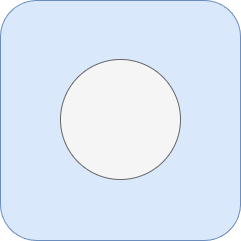
 Design with Connection Node 1pin in Cirkit Designer
Design with Connection Node 1pin in Cirkit DesignerIntroduction
The Connection Node 1pin is a versatile electronic component designed to establish a single-point electrical connection in a circuit. It is commonly used in modular designs, prototyping, and applications where a simple, reliable connection is required. This component is ideal for connecting wires, modules, or other circuit elements in a compact and efficient manner.
Explore Projects Built with Connection Node 1pin
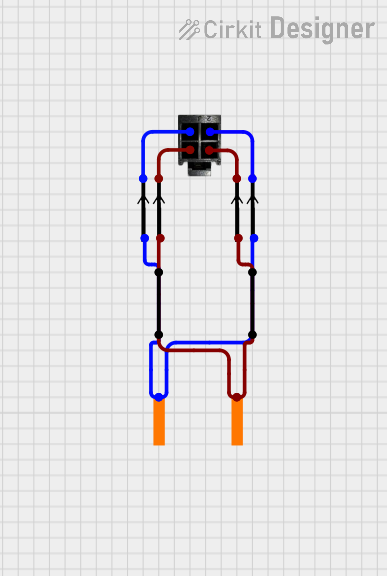
 Open Project in Cirkit Designer
Open Project in Cirkit Designer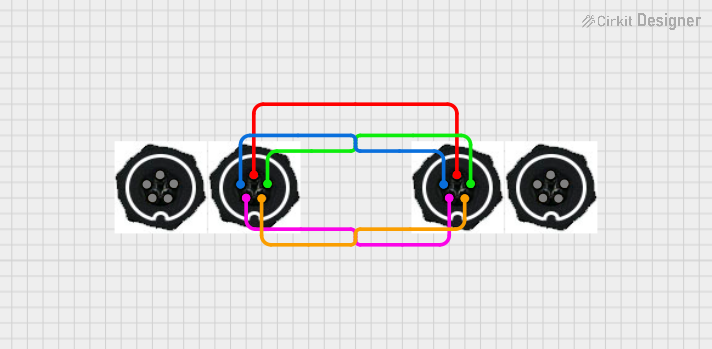
 Open Project in Cirkit Designer
Open Project in Cirkit Designer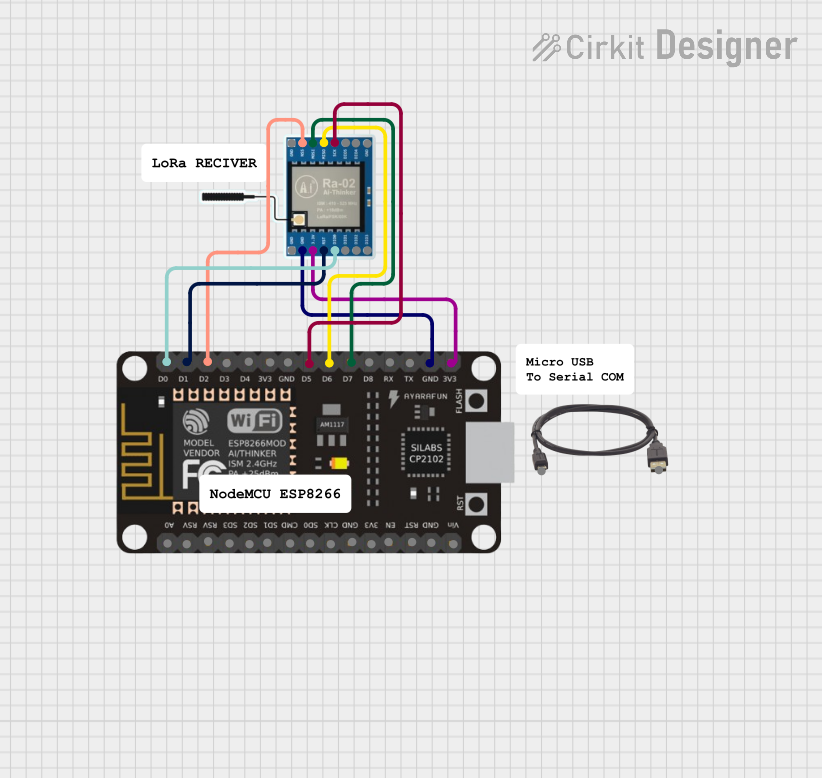
 Open Project in Cirkit Designer
Open Project in Cirkit Designer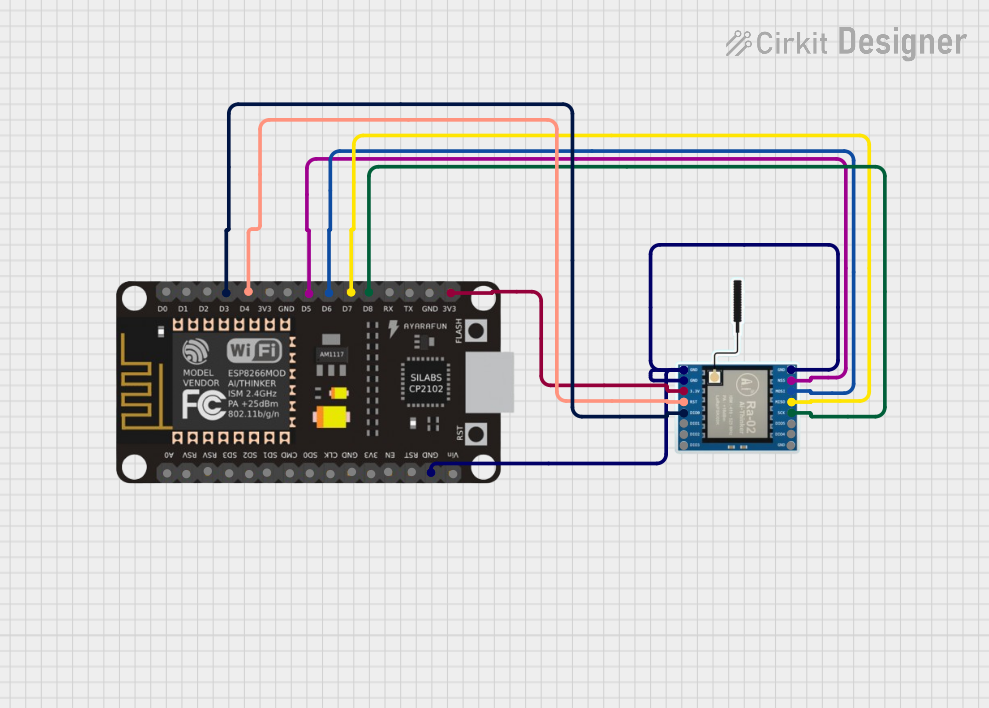
 Open Project in Cirkit Designer
Open Project in Cirkit DesignerExplore Projects Built with Connection Node 1pin

 Open Project in Cirkit Designer
Open Project in Cirkit Designer
 Open Project in Cirkit Designer
Open Project in Cirkit Designer
 Open Project in Cirkit Designer
Open Project in Cirkit Designer
 Open Project in Cirkit Designer
Open Project in Cirkit DesignerCommon Applications and Use Cases
- Prototyping and breadboarding circuits
- Modular electronic designs
- Connecting sensors, actuators, or other components
- Extending or branching electrical connections
- Educational and DIY electronics projects
Technical Specifications
The Connection Node 1pin is a simple yet essential component. Below are its key technical details:
| Parameter | Value |
|---|---|
| Number of Pins | 1 |
| Voltage Rating | Up to 50V DC |
| Current Rating | Up to 3A |
| Material | Copper alloy (plated) |
| Insulation | None (bare connection point) |
| Mounting Type | Through-hole or solderable |
| Dimensions | 2mm diameter (typical) |
Pin Configuration and Description
The Connection Node 1pin has a single pin for electrical connection. Below is the pin description:
| Pin Number | Description |
|---|---|
| 1 | Electrical connection point (input/output) |
Usage Instructions
How to Use the Connection Node 1pin in a Circuit
Mounting the Component:
- If using a breadboard, insert the pin into the desired hole.
- For permanent circuits, solder the pin to a PCB or wire.
Connecting Wires or Components:
- Attach a wire or component lead to the pin.
- Ensure a secure connection by soldering or using a connector if necessary.
Testing the Connection:
- Use a multimeter to verify continuity between the connected elements.
Important Considerations and Best Practices
- Avoid Overloading: Ensure the voltage and current do not exceed the specified ratings (50V DC, 3A).
- Prevent Short Circuits: Since the pin is uninsulated, avoid accidental contact with other conductive elements.
- Secure Connections: For reliable performance, solder the pin or use a connector to prevent loose connections.
- Use Heat Shrink Tubing: If insulation is required, cover the connection with heat shrink tubing or electrical tape.
Example: Connecting to an Arduino UNO
The Connection Node 1pin can be used to connect a sensor or module to an Arduino UNO. Below is an example of connecting a single-pin sensor to an Arduino's analog input:
// Example: Reading a sensor value connected via Connection Node 1pin
// Connect the sensor's output to Arduino A0 using the Connection Node 1pin
const int sensorPin = A0; // Define the analog pin connected to the sensor
int sensorValue = 0; // Variable to store the sensor reading
void setup() {
Serial.begin(9600); // Initialize serial communication for debugging
}
void loop() {
sensorValue = analogRead(sensorPin); // Read the sensor value
Serial.print("Sensor Value: "); // Print the sensor value to the serial monitor
Serial.println(sensorValue);
delay(500); // Wait for 500ms before the next reading
}
Troubleshooting and FAQs
Common Issues Users Might Face
Loose Connections:
- Problem: The wire or component lead is not securely attached to the pin.
- Solution: Solder the connection or use a connector to ensure a firm attachment.
Short Circuits:
- Problem: The uninsulated pin comes into contact with other conductive elements.
- Solution: Use heat shrink tubing or electrical tape to insulate the connection.
Overheating During Soldering:
- Problem: Excessive heat damages the pin or surrounding components.
- Solution: Use a temperature-controlled soldering iron and limit soldering time.
Intermittent Connections:
- Problem: The connection is unreliable due to poor contact.
- Solution: Clean the pin and wire ends, and ensure a tight connection.
FAQs
Q1: Can the Connection Node 1pin handle AC voltage?
A1: While it is primarily designed for DC applications, it can handle low-frequency AC voltages within the specified voltage and current ratings.
Q2: Is the pin corrosion-resistant?
A2: The pin is typically plated to resist corrosion, but prolonged exposure to moisture or harsh environments may degrade its performance.
Q3: Can I use this component for high-frequency signals?
A3: Yes, but ensure the connection is secure and free from interference to maintain signal integrity.
Q4: How do I remove the pin from a breadboard?
A4: Gently pull the pin straight out to avoid damaging the breadboard or bending the pin.
This concludes the documentation for the Connection Node 1pin.